Iceland’s Scenic Road Trips: A Guide to the Ring Road and Beyond
Iceland, with its vast and varied landscapes, offers some of the most scenic road trips in the world. Whether you’re traversing the famous Ring Road or exploring the lesser-known yet equally stunning Westfjords and Snæfellsnes Peninsula, Iceland’s roads reveal breathtaking views of glaciers, volcanoes, waterfalls, and coastal cliffs at every turn.
In this guide, we’ll delve into Iceland’s most iconic road trips, providing you with detailed information on the Ring Road, as well as other scenic routes that showcase the country’s natural beauty. Prepare yourself for an unforgettable adventure through one of the world’s most picturesque countries.
The Ring Road (Route 1): Iceland’s Ultimate Road Trip
The Ring Road, or Route 1, is Iceland’s main highway, circling the entire country and offering access to many of its top attractions. Spanning around 1,332 kilometres (828 miles), this road trip is perfect for those who want to experience a little bit of everything Iceland has to offer, from dramatic waterfalls and black sand beaches to glaciers, volcanoes, and charming coastal towns.
Highlights Along the Ring Road
The Ring Road offers a wide range of attractions, with something new to discover around every corner. Some of the must-see highlights include:
1. Seljalandsfoss and Skógafoss Waterfalls: These two iconic waterfalls on the southern coast are located just off the Ring Road. Seljalandsfoss is famous for its walking path that allows you to go behind the waterfall, while Skógafoss is known for its sheer power and the stunning rainbow that often forms at its base.
2. Vík and Reynisfjara Beach: The charming village of Vík is home to Reynisfjara, a striking black sand beach with basalt columns and sea stacks that rise dramatically from the Atlantic Ocean. The beach is a photographer’s paradise and is one of the most recognisable landscapes in Iceland.
3. Jökulsárlón Glacier Lagoon: Located in southeast Iceland, Jökulsárlón is a spectacular glacier lagoon where icebergs break off from the Breiðamerkurjökull Glacier and float in the crystal-clear waters. Just across the road is Diamond Beach, where these icebergs wash ashore, creating a mesmerising contrast against the black sand.
4. Myvatn Geothermal Area: The Myvatn region in northern Iceland is known for its geothermal landscapes, including bubbling mud pots, hot springs, and volcanic craters. The nearby Krafla volcano and the otherworldly lava fields of Dimmuborgir are also worth a visit.
5. Eastfjords: This less-visited part of Iceland offers winding coastal roads, tranquil fjords, and picturesque fishing villages. The drive through the Eastfjords is incredibly scenic, with dramatic cliffs and rolling hills that meet the sea.
6. Akureyri: Iceland’s second-largest city, Akureyri, is nestled in the north and is a great base for exploring nearby attractions such as Goðafoss Waterfall and Lake Mývatn. The town itself is charming, with colourful houses, cosy cafes, and a beautiful botanical garden.
Practical Tips for Driving the Ring Road
– Time Needed: The Ring Road can be completed in about a week, though many travellers prefer to take 10 to 14 days to fully explore the attractions and take detours.
– Weather Considerations: The road is open year-round, but winter driving can be challenging due to snow and ice. Summer offers long daylight hours and easier driving conditions.
– Accommodation: There are plenty of guesthouses, hotels, and campsites along the route, but it’s a good idea to book in advance, especially during the high season (June to August).
The Westfjords: Iceland’s Wild Frontier
For travellers looking to venture off the beaten path, the Westfjords offer some of the most remote and untouched landscapes in Iceland. This peninsula in the northwest is characterised by towering cliffs, deep fjords, and a sense of isolation that makes it a true escape from the modern world.
Highlights of the Westfjords
1. Dynjandi Waterfall: Often considered one of the most beautiful waterfalls in Iceland, Dynjandi cascades down a mountainside in a series of steps, creating a dramatic and photogenic scene.
2. Rauðasandur Beach: Unlike most of Iceland’s black sand beaches, Rauðasandur is known for its striking red and orange sand. The beach stretches for miles and is a peaceful spot to take in the views of the surrounding cliffs and the nearby Látrabjarg bird cliffs.
3. Látrabjarg: The westernmost point of Iceland, Látrabjarg is home to some of the largest bird cliffs in Europe. During the summer months, the cliffs are teeming with puffins, guillemots, and other seabirds.
4. Ísafjörður: The largest town in the Westfjords, Ísafjörður is a quaint fishing village surrounded by towering mountains. It’s a great base for exploring the region and offers plenty of outdoor activities, including hiking, kayaking, and bird watching.
Practical Tips for Driving in the Westfjords
– Time Needed: A trip through the Westfjords typically takes 4 to 7 days, depending on how much you want to explore.
– Road Conditions: Many of the roads in the Westfjords are gravel, and the area is more remote, so be prepared for slower driving and fewer services.
– Best Time to Visit: The Westfjords are best visited in the summer, as some roads are closed in winter due to snow and difficult driving conditions.
Snæfellsnes Peninsula: Iceland in Miniature
Often referred to as “Iceland in Miniature” because it contains many of the country’s diverse landscapes, the Snæfellsnes Peninsula is a must-see destination for road trippers. Located just a couple of hours’ drive from Reykjavik, it’s an ideal day trip or weekend getaway.
Highlights of the Snæfellsnes Peninsula
1. Snæfellsjökull National Park: At the heart of the peninsula is Snæfellsjökull, a 700,000-year-old stratovolcano topped with a glacier. This is the same volcano featured in Jules Verne’s classic novel *Journey to the Center of the Earth*. The surrounding national park is filled with lava fields, black sand beaches, and volcanic craters.
2. Kirkjufell Mountain: One of the most photographed mountains in Iceland, Kirkjufell is often seen with the nearby Kirkjufellsfoss waterfall in the foreground. Its distinctive cone shape makes it instantly recognisable and a favourite among photographers.
3. Arnarstapi and Hellnar: These two small villages on the southern coast of the Snæfellsnes Peninsula are known for their stunning coastal cliffs and rock formations. The hike between Arnarstapi and Hellnar offers incredible views of the sea and the surrounding lava fields.
4. Búðir Church: The black wooden Búðir Church is a striking sight against the backdrop of the surrounding lava fields and mountains. It’s one of the most picturesque churches in Iceland and a popular spot for weddings and photography.
Practical Tips for Driving the Snæfellsnes Peninsula
– Time Needed: The Snæfellsnes Peninsula can be explored in a single day, but it’s worth spending two or three days to fully appreciate all it has to offer.
– Road Conditions: The roads on the peninsula are mostly paved and easy to navigate, making it a great option for those who prefer a more relaxed road trip.
– Best Time to Visit: Snæfellsnes is accessible year-round, but the summer months offer longer days and better weather for outdoor activities.
Conclusion
Iceland’s scenic road trips, from the famous Ring Road to the wild Westfjords and the charming Snæfellsnes Peninsula, offer an incredible way to experience the country’s natural beauty. Whether you’re a seasoned adventurer or a casual traveller, these routes provide unforgettable landscapes and unique attractions that will leave you in awe.
With a little planning and an adventurous spirit, you’ll be able to embark on one of the most memorable road trips of your life. So, buckle up, hit the open road, and get ready to explore the wonders of Iceland!
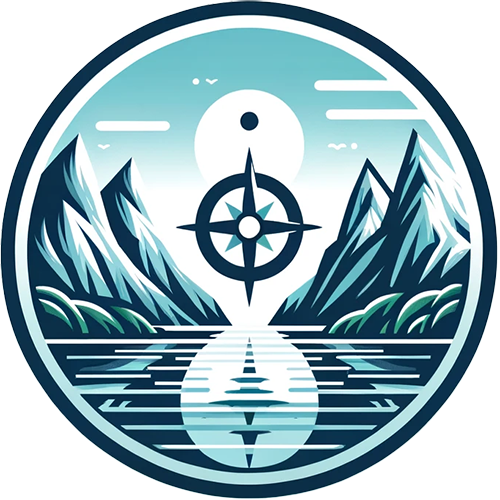
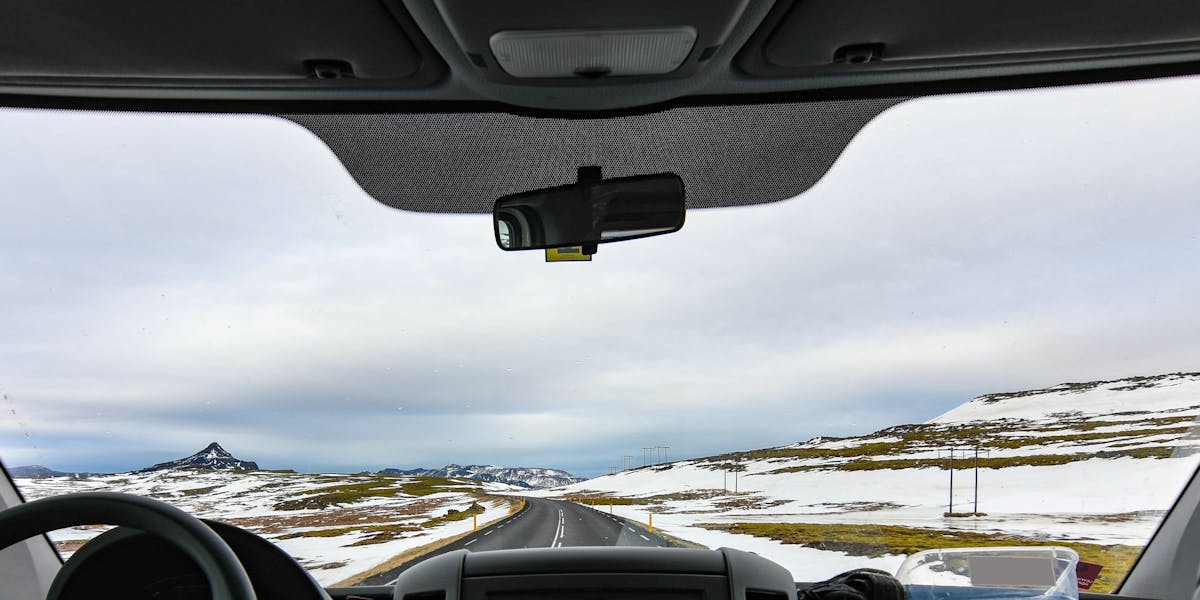
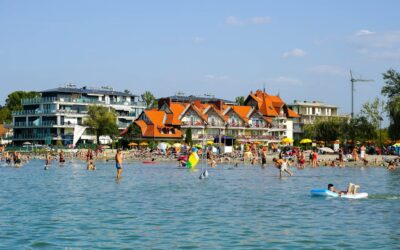
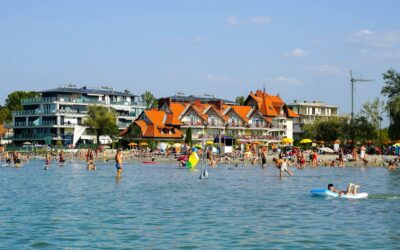
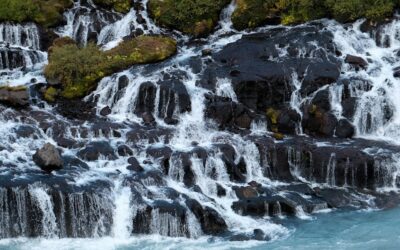
0 Comments